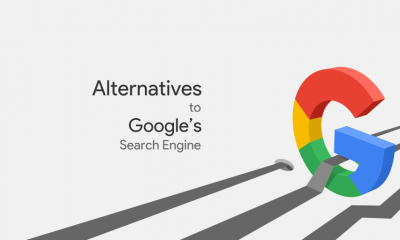How predictive search works
Most popular search engines, including Google, base their autocomplete suggestions on users’ most popular queries. Thanks to big data, it is now quite easy to find out what people search for the most and cater to it. By the way, if you think that the suggestions you get while typing into a search bar are useless and do not save much time, you are wrong. It is estimated that they save the global population hundreds of thousands of hours every day. Impressive, right? However, thanks to predictive search, businesses can do much more than merely’ make potential customers’ lives easier. Great algorithms behind the search that online stores use are actually key to their success. For instance, the most widely used approach to predictive search is the so-called semantic search. It implies that the algorithm attempts to guess the customer’s intent and deliver relevant results. For example, you are looking for a ”red dish” on a website of a home utensils store, but there are no goods named “red dish” there. But there is a “red plate.” Thanks to semantic search, you will be offered the red plate. As a result, a customer who could have left the website immediately is likely to stay and even make a purchase.
The benefits of predictive search
Customer retention
As discussed, the number one reason to invest in predictive search is customer retention. Whether you are looking for new casino games to play online or coffee makers, you will leave if a search engine or website you use fails to offer what you are looking for. It is a matter of convenience. No one wants to spend browsing through a website looking for something when they can find it instantly on a different one.
Promotion and sales
Autocomplete suggestions in a search bar can also be used to influence customers’ buying decisions. Say, the sales of a newly released VR set in your online store are lower than expected. You can make this specific VR set the first suggestion that appears once a customer types “VR set” into the search bar. Sure, this requires serious investments and great work on the tech team’s part, but it is worth it.
Increased customer satisfaction due to personalization
Customers love feeling seen and being catered to. That was one of the reasons why Netflix gained unprecedented popularity back in the day. By using personalized suggestions, it was (and still is) able to keep subscribers’ watch time high. Besides, relevant recommendations tailored to their unique taste make viewers feel valued. Any online retailer can and should strive for the same.
Search engines vs. websites
As you probably realize by now, Google and online businesses use prediction search differently. According to Google, the autocomplete offers “predictions” rather than “suggestions”: “Autocomplete is designed to help people complete a search they were intending to do, not to suggest new types of searches to be performed.” This is only 90% true, but still. In turn, online retailers can do the same, which will probably increase customer convenience, satisfaction, and, in the long run, retention. After all, most people searching for something online would like the autocomplete to read their thoughts. But you can also use it to boost sales by “suggesting’ instead of “predicting.” This way, you risk causing customer frustration but are also likely to promote the goods you want and boost sales. As the two are not always compatible, the decision to be made is whether to prioritize customer convenience or promotion.










